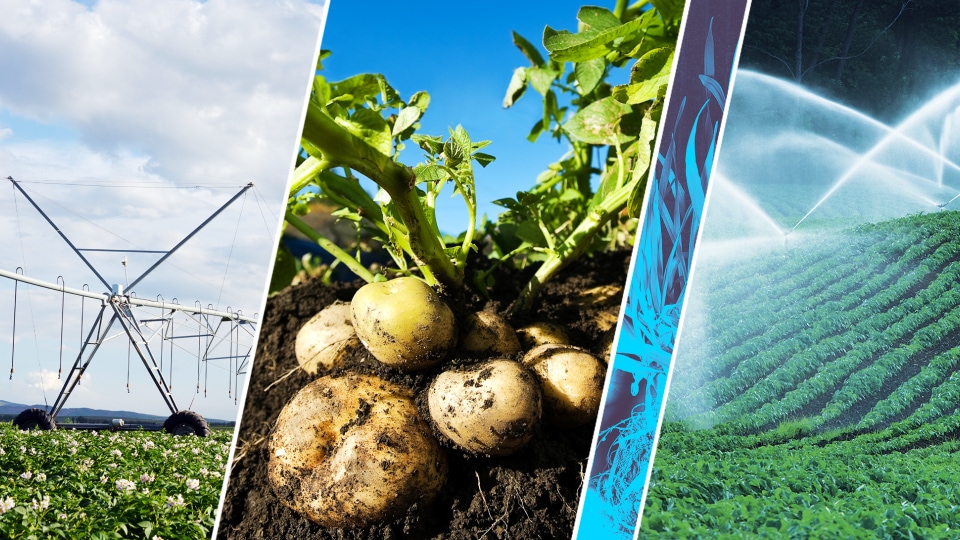Soil, the Beginning of Everything

Soil is one of the most complex biological materials on the planet. It takes more than a thousand years to form two centimeters of surface soil, capable of hosting billions of microorganisms. Have you ever considered the impact on food availability if there wasn’t any soil?
Despite the huge relevance of soil, the conditions of the available land on our planet are worrisome. More than half of the world’s agricultural land is moderately to severely degraded, with 12 million hectares lost each year, according to the Food and Agriculture Organization of the United Nations (FAO).
Since the soil is a non-renewable resource, preserving it is essential to ensure the food security of the growing global population. On December 5, we celebrate The World Soil Day, a fitting occasion to reflect on how we are treating our precious land, the basis for the production of our food, and the sustenance of the Earth’s biodiversity.
Several factors have compromised the quality of the soil and its ability to become arable. Intense desertification processes in countries in Africa, China, India, southern Spain, and Portugal confirm the worrying scenario. Even in already desert regions, the picture has worsened. In Chile, the Atacama Desert, one of the largest in the world, expands by 5 kilometers every year.
In the Midwest of the United States, the drop in groundwater levels has directly influenced soil quality and the water available for crop irrigation. The majority of soils facing desertification or drought processes cannot support high yield crops.
Among the factors contributing to this somber soil health picture, two are worthy mention. On the one hand, natural phenomena, especially climate changes and extreme cycles of drought or flood. On the other hand, issues derived from human activity, particularly unsustainable management practices associated to soil use.
The FAO estimates that nearly 800 million people worldwide face chronic malnutrition directly linked to reduced land fertility, loss of biodiversity, unsustainable use of water resources and drought. Moreover, their projections indicate that in the next 25 years, land degradation could lead to a 12% drop in global food production, with a 30% increase in food prices.

Several good initiatives are trying to reverse the dire projections one of them is the “Global Soil Partnership”. It was created by the FAO in 2012, to establish guidelines for the protection, recovery and sustainable management of soils, and promote the implementation of practices which can be adapted to the needs of different countries and regions.
Several projects have adopted Global Soil Partnership guidelines. For instance, in the northeast of Brazil, work is under way to build cisterns and underground dams for the preservation of groundwater, the maintenance of water sources, as well as reforestation actions (recovered vegetation allows rainwater infiltration into the soil.)
The “Global Soil Partnership” members around the world include international research centers, private institutions, public entities and researchers from different areas of expertise. This movement seeks to educate and share best practices regarding soil management and raise awareness of the importance of conserving this valuable asset, key to current and future population sustenance.












